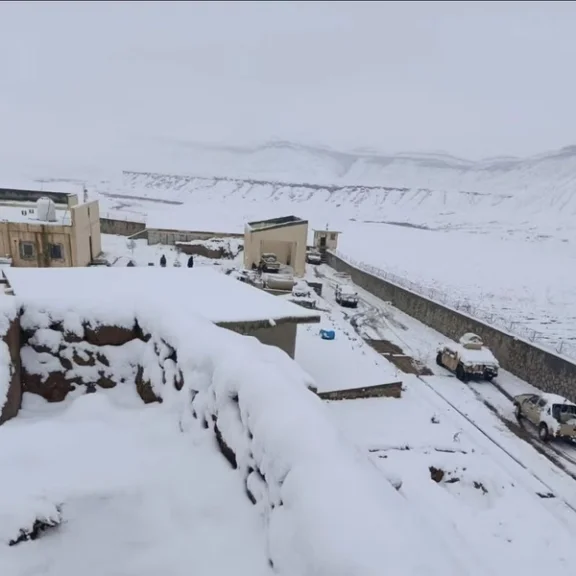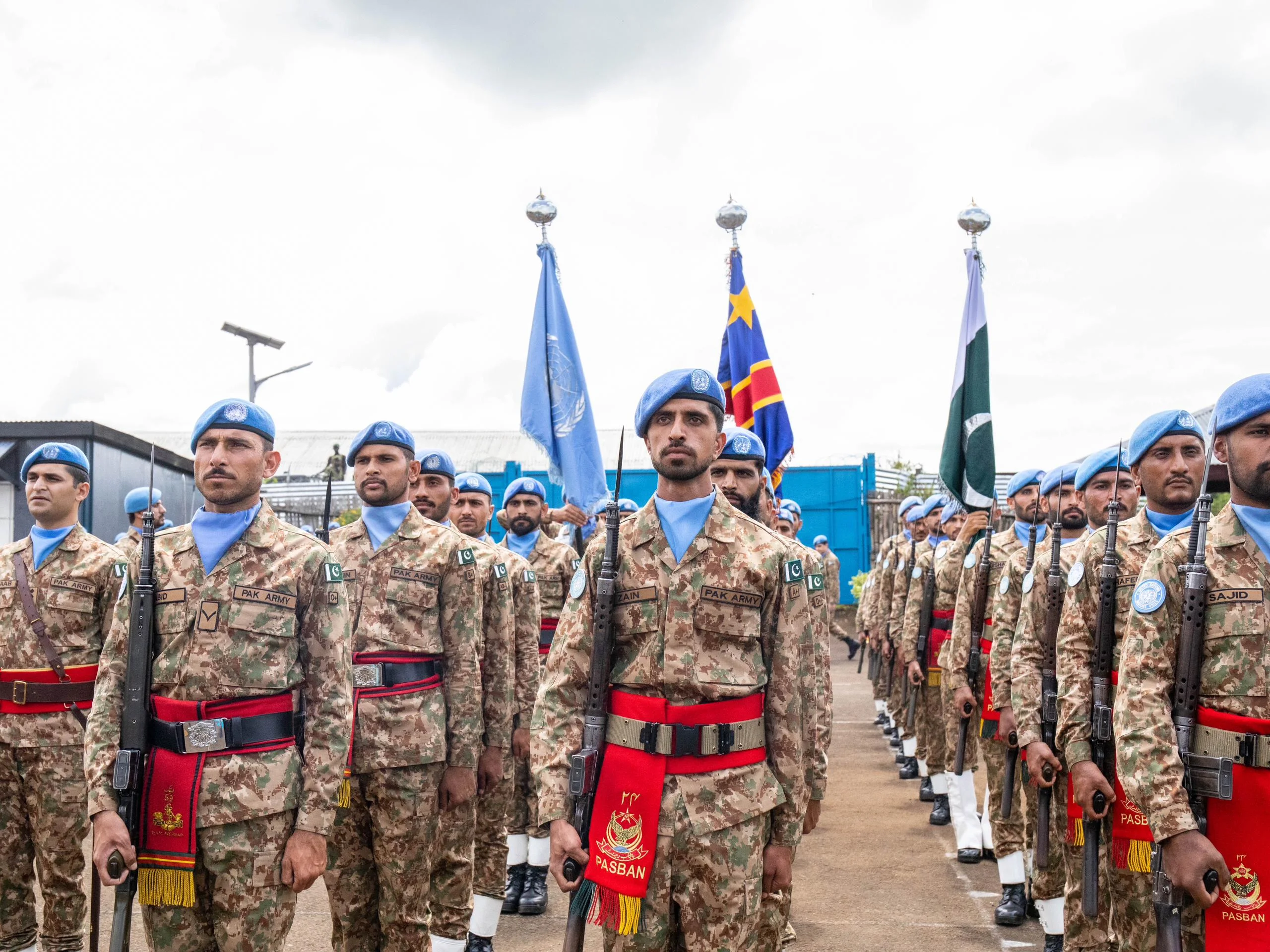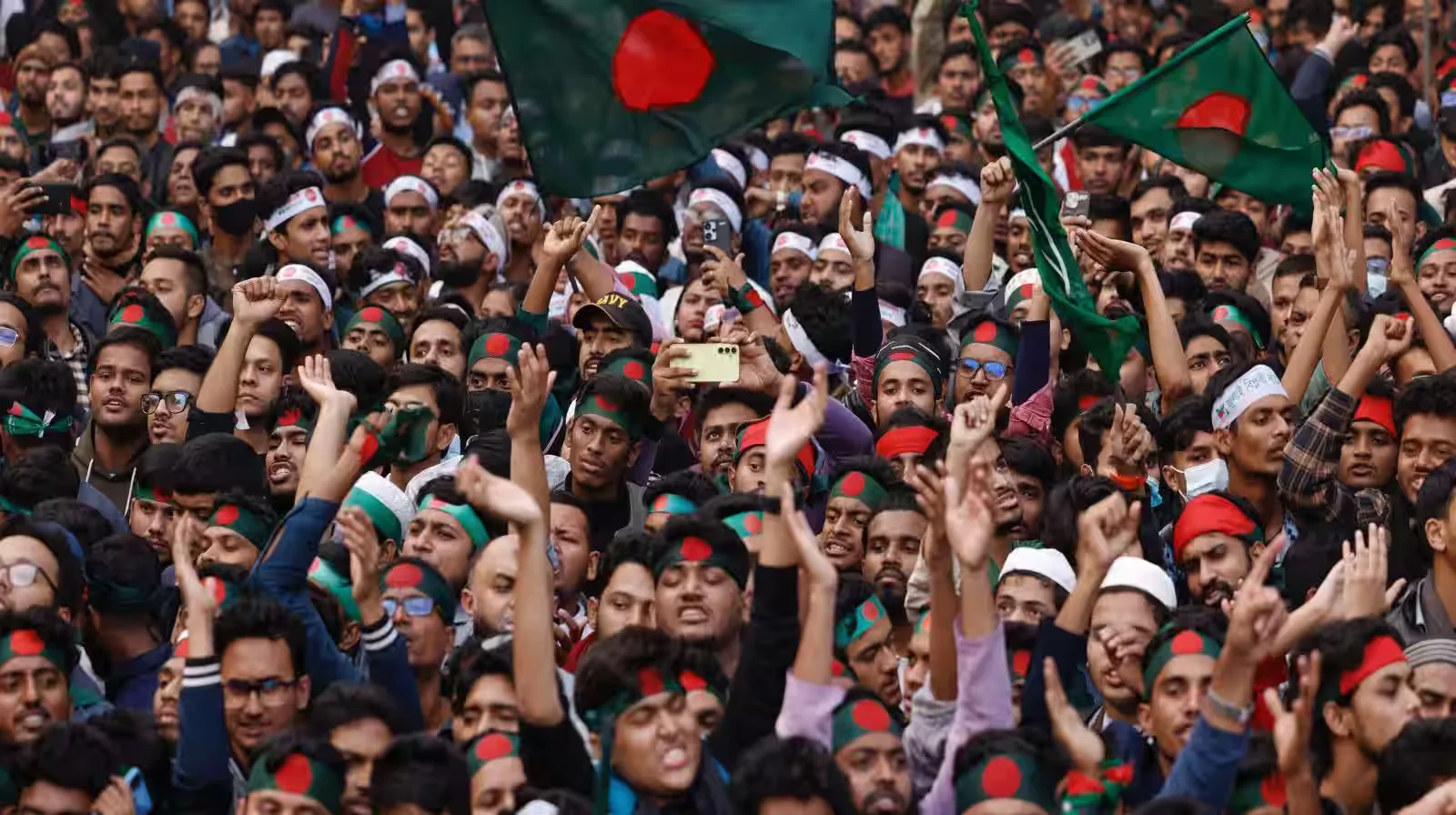On July 22, 2025, Sufyan Baloch, a student, turned turned militant, got killed during a security operation against terrorists in Turbat, Balochistan. At just 25, he had a university degree, access to government-sponsored scholarships, and a promising future. But by the time of his death, he was a armed terrorist affiliated with the banned Balochistan Liberation Army (BLA).
His journey from classroom to militant hideouts is not an isolated case. It reflects a deeply troubling pattern: the silent radicalisation of educated Baloch youth, often within the very universities meant to be their gateways to opportunity.
A Scholar Turned Militant
Sufyan Baloch studied at a University in lahore. His education was facilitated under state-funded scholarship programs aimed at bridging the socio-economic and developmental divide between Balochistan and other provinces, especially Punjab.
According to the Higher Education Commission (HEC), over 6,300 students from Balochistan have received fully funded opportunities under the Prime Minister’s Scholarship Program (Balochistan Phase-III) since 2011. These scholarships cover tuition, hostel fees, living stipends, and even travel expenses. They aim to give Baloch youth exposure, education, and a chance at upward mobility.
Sufyan was one of those beneficiaries. But despite receiving this state support, he ended up becoming part of a terrorist movement that views Pakistan as a colonizing power. His death underlines a painful paradox, economic support alone is not enough to counter deeply embedded ideological indoctrination.
The Rise of Ideological Radicalization in Universities
While the state funds education, some factions within academic spaces have been quietly promoting separatist narratives and hard-left revolutionary or radical Marxist ideologies. These groups often use cultural study circles, literature events, and “awareness” sessions to frame Pakistan as an oppressive colonizer, Balochistan as an occupied territory, and armed resistance as a form of justice.
This radicalization is subtle at first but it runs deep. By the time students like Sufyan fully internalize these ideas, they become emotionally, morally, and intellectually committed to the cause. Their legitimate concerns, such as deprivation and lack of representation are twisted into an “us vs. them” worldview, leaving little room for reconciliation or dialogue.
This trend, highlights how such ideological groups have used public universities to recruit and emotionally manipulate disillusioned youth. In these terror echo chambers, martyrdom is glorified, rebellion is romanticized, and suicide attacks are portrayed as acts of noble sacrifice.
Past Patterns, Repeating Tragedies
Sufyan’s story is not unique. In April 2022, Shari Baloch, a highly educated woman with two postgraduate degrees, blew herself up outside Karachi University, killing three Chinese nationals. Her story stunned the country, how could someone so well-educated choose such a violent path?
Investigations later revealed that she too had been gradually radicalized through her social circles, and that her husband was a supporter of the BLA’s ideology. This was a shift in the group’s strategy: targeting educated youth, especially those who had accessed state resources and academic spaces, as tools for political violence.
The deaths of Shahdad and Ehsan Baloch in 2020, both educated graduates of Quaid-i-Azam University, underscore a troubling trend: the systematic targeting and ideological grooming of bright students by banned militant outfits like the BLA. Despite their academic achievements, both individuals were found engaged in militant activity and unfortunately got killed during a security operation in Kalat.
Their case highlights the challenge faced by Pakistan’s security forces, not merely confronting armed insurgents, but combating an ideological war where young minds are misled through curated narratives of victimhood and resistance. Militant propaganda, especially from the BLA and its affiliates, exploits legitimate socio-political grievances, embedding anti-state sentiment in university spaces and reframing violence as a form of justice. This exploitation complicates counterterrorism efforts, as it turns promising scholars into radical operatives, forcing the state to take action not against the uneducated or disenfranchised, but against those weaponized intellectually by separatist ideology.
Terrorist groups like BLA are now deliberately focusing on university students. These are not impoverished, uneducated individuals from remote hills, these are scholarship holders, lecturers, and future leaders being groomed into extremism.
The Limits of Infrastructure and Integration Alone
Pakistan’s federal government has spent billions in development packages, infrastructure projects, and educational scholarships to help Balochistan catch up with the rest of the country. From Gwadar’s port expansion to the China-Pakistan Economic Corridor (CPEC), countless initiatives have aimed at turning the province into an engine of progress.
But Sufyan’s case shows us something more critical: development alone cannot heal ideological wounds. If spaces meant for education become arenas for indoctrination, then even the best scholarships won’t succeed.
These extremist factions operate in silence, often under the banner of “cultural rights,” “free thought,” or “academic freedom.” While academic freedom is essential, it must not be abused to spread hate, violence, and secessionist agendas.
Rebuilding Trust: What Needs to Be Done
To prevent future tragedies like that of Sufyan Baloch, Pakistan must adopt a multi-pronged approach to rebuild trust and safeguard young minds from ideological exploitation. First, while preserving academic freedom, universities must implement responsible oversight to ensure that extremist ideologies are not quietly propagated through student groups or cultural platforms. Alongside this, the state must invest in developing alternative narratives that recognize the genuine grievances of Baloch youth but frame solutions within Pakistan’s constitutional and democratic structure.
Empowering Baloch alumni who have successfully benefited from state programs to share their journeys can play a powerful role in reshaping perceptions. Moreover, scholarship programs should go beyond financial aid by offering mentorship opportunities, pairing students with senior professionals from similar backgrounds to provide moral guidance, emotional support, and a sense of belonging. Finally, both mainstream and digital media must shift focus from narratives of militancy to those of empowerment, civic engagement, and peaceful progress, offering Baloch youth role models who demonstrate that success and dignity are possible within the national fold.







